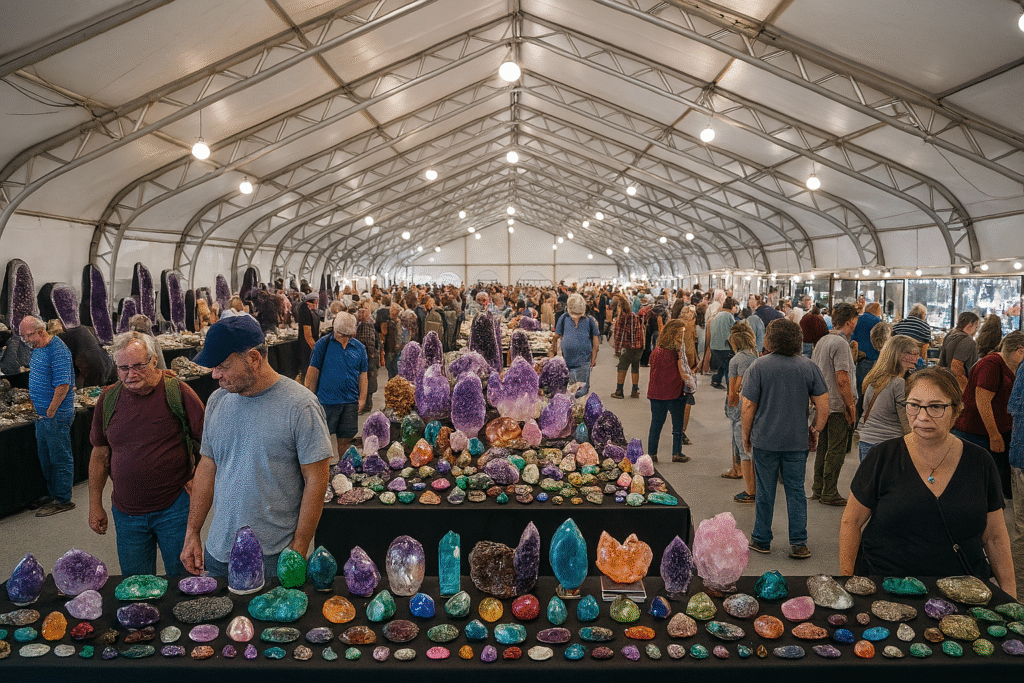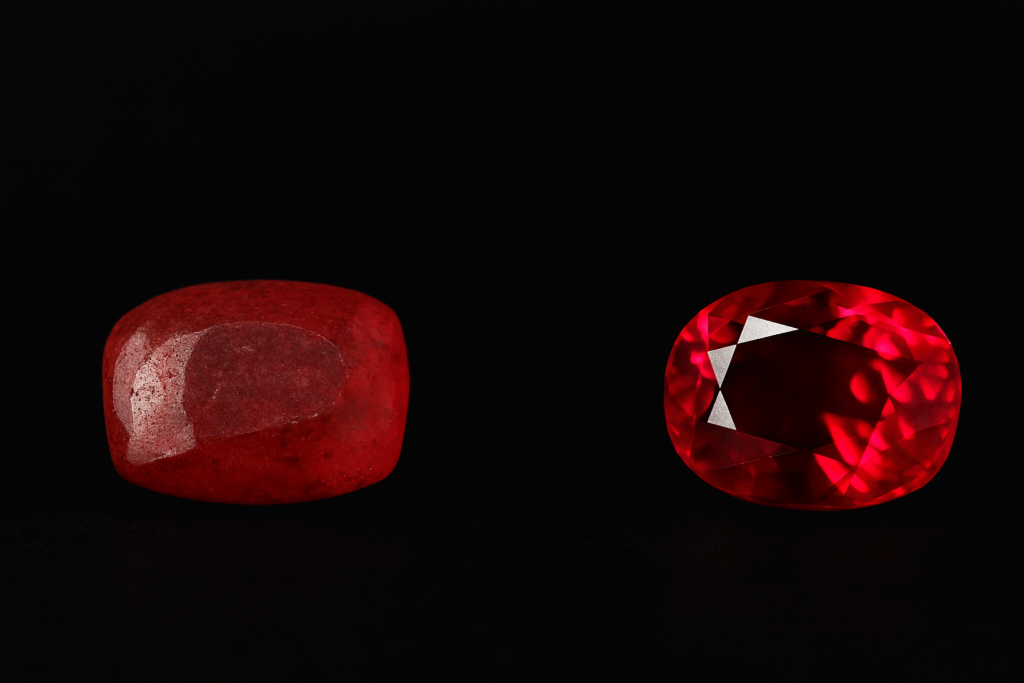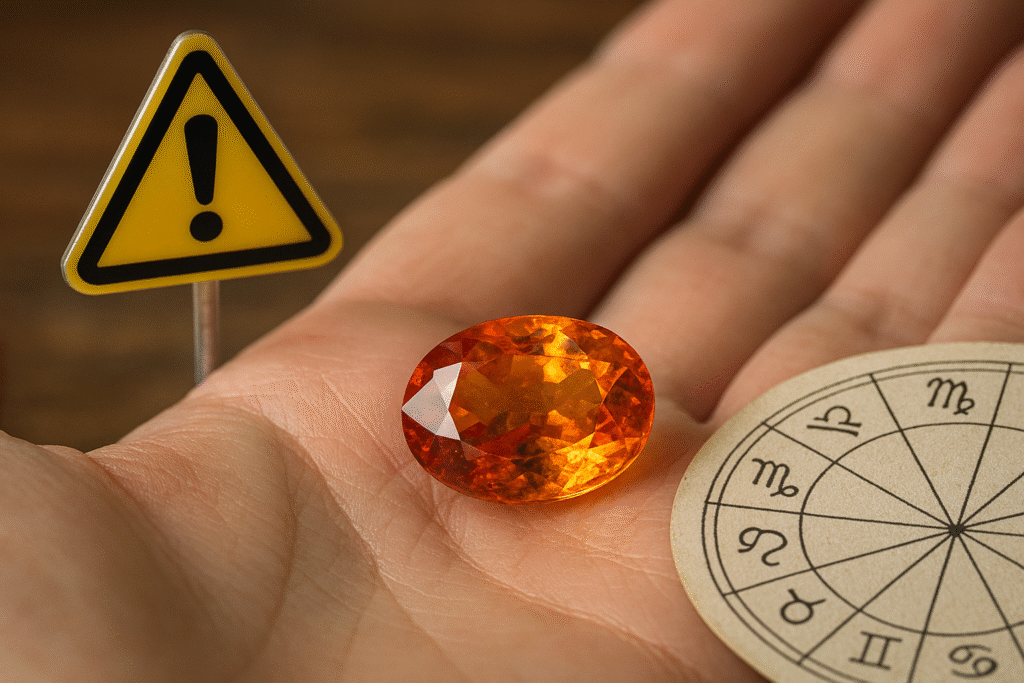The Tucson Gem Show 2025 is the world’s largest gem and mineral event. Each February, Tucson, Arizona welcomes more than 65,000 visitors from 40+ countries. Dealers, collectors, miners, and jewelry designers gather to showcase everything from rare diamonds to museum-grade fossils.
What Makes Tucson Gem Show 2025 Special
The Tucson Gem Show is not a single exhibition. It is a series of 40+ gem and mineral shows spread across nearly three weeks. Venues range from hotel ballrooms to massive tents across the city.
Two main shows inside the Tucson Convention Center are:
- AGTA GemFair Tucson – focused on fine colored stones, ethical sourcing, and high-value jewelry.
- Tucson Gem & Mineral Show – featuring meteorites, dinosaur fossils, museum displays, and rare collector’s pieces.
Quotable statement: “The key is that Tucson offers something for everyone, from $5 crystals to million-dollar sapphires.”
Who Attends the Tucson Gem Show
- Retailers searching for inventory to stock their stores
- Collectors investing in rare specimens and minerals
- Jewelry designers looking for unique stones
- Museum curators curating world-class exhibits
- Hobbyists exploring crystals, fossils, and agates
The show attracts participants from London, Bangkok, Bogotá, Nairobi, Paris, Jaipur, and beyond, making it the most international gem event on the calendar.
Tucson Gem Show FAQ
Q: When is the Tucson Gem Show 2025 held?
A: From late January to mid-February, lasting about three weeks.
Q: Can the public attend?
A: Yes. While AGTA is trade-only, most other shows are open to everyone.
Q: Why should you stay beyond the AGTA show?
A: Many leave early, but the Tucson Gem & Mineral Show is often considered the highlight with its world-class displays.
The Tucson Gem Show is not only about buying and selling gems. If you want to sharpen your knowledge before visiting, read our Gem Buying Tips Guide to avoid costly mistakes. Collectors interested in corundum should check Sapphire Cut Mistakes Explained, which shows how poor cutting affects value. For gold enthusiasts, our BIS Hallmark Guide explains how to read purity marks before making a purchase.
Travelers planning to explore beyond Tucson may also enjoy our Responsible Travel FAQ for Gem Collectors, and if you want history, the Tucson Gem and Mineral Show FAQs | Exhibits, Guides & Hotels shares insights into one of Asia’s biggest gem markets.
Visitor Tip
Book accommodation early—hotels sell out quickly. Tucson restaurants and local attractions also fill up fast, so planning ahead ensures a smoother experience.
For official dates and schedules, visit the Tucson Gem & Mineral Society.
This comprehensive global cuisine FAQ covers everything about Asian and Western food and drinks. Whether you’re exploring international cooking techniques or discovering new flavors, this global cuisine FAQ answers the most frequently asked questions about world food traditions, ingredients, and culinary practices from both Eastern and Western cultures.
Global Cuisine FAQ: Asian & Western Food & Drinks
Food reveals cultural contrasts in clear and delicious ways. From cooking methods to dining customs, Asian and Western cuisines showcase unique traditions while also offering fascinating overlaps. Below, you’ll find answers to the most common questions about these culinary worlds.
Understanding Core Differences in Cuisine
1. What distinguishes Asian and Western culinary traditions?
Asian meals often rely on rice or noodles as a foundation. Flavors usually come from soy sauce, ginger, garlic, and a wide variety of spices. Meanwhile, Western gastronomy emphasizes bread, potatoes, and pasta. Dairy plays a key role, with butter, cream, and cheese giving richness to many dishes. Herbs such as rosemary and thyme highlight European cooking. These contrasts create distinct dining habits and flavor profiles.
2. Are Asian dishes always spicy?
No, not at all. While cuisines from Thailand and parts of India feature bold use of chilies, not every dish follows this pattern. Japanese sushi, Chinese dim sum, and Korean bulgogi are mild examples. In fact, Asian cuisines range from fiery to delicate, showcasing a rich palette of flavor.
Western Breakfast Staples and Comfort Foods
1. What constitutes typical Western morning meals?
Western breakfasts often include eggs, bacon, and toast. Pancakes, waffles, and cereal are also popular choices. These hearty starts are usually enjoyed with coffee, tea, or juice, providing both energy and comfort.
2. What represents popular Western comfort foods?
Comfort foods in the West speak to nostalgia and indulgence. Creamy macaroni and cheese, pizza, and hearty casseroles are favorites. Similarly, burgers and fried chicken have wide appeal. Because they are warm, filling, and familiar, these dishes strongly connect to emotion.
Cultural Dining Practices
1. Do all Asian cultures employ chopsticks?
No. Chopsticks dominate in East Asia—China, Japan, and Korea. However, Southeast Asia prefers spoons and forks, while India and parts of the Middle East often use flatbreads or hands. This diversity highlights how food customs closely reflect culture.
2. Why are some Asian foods fermented?
Fermentation preserves food while also enhancing nutrition and flavor. Korean kimchi, Japanese miso, and Indonesian tempeh show how tradition meets health benefits. These foods are valued not only for taste but also for their role in well-being.
Common Western Beverages
1. What beverages are common with Western meals?
Western dining often features water, soda, or fresh juice. Alcohol also has a strong cultural connection, with wine served at European dinners and beer central in North America. In the southern United States, sweet iced tea is a staple.
Dietary Flexibility and Options
1. Can one discover plant-based options easily?
Yes. Asian cuisines offer tofu stir-fries, lentil dals, and vegetable curries that are naturally vegetarian. Western food, similarly, embraces plant-based eating. Salads, vegetarian pastas, and vegan burgers have grown popular, making meat-free dining accessible worldwide.
Unique Asian Drinks to Explore
1. What are some unique Asian beverages?
Asia provides a wide variety of distinctive drinks. Bubble tea, from Taiwan, combines tea with chewy tapioca pearls. Japanese sake, made from rice, holds deep cultural meaning. Strong Vietnamese iced coffee, sweetened with condensed milk, adds a bold twist compared to Western brews.
Portion Sizes and Dining Habits
1. How do portion sizes compare?
Western meals often emphasize large servings, reflecting abundance. By contrast, Asian meals are usually smaller yet balanced, encouraging sharing and mindful eating. This creates different social experiences around the table.
The Art of Fusion Cuisine
1. Is it feasible to integrate Asian and Western flavors?
Absolutely. Fusion cuisine blends traditions in creative ways. For instance, teriyaki burgers combine Japanese flavors with American fast food, while kimchi tacos bring Korean spice to Mexican street food. These playful mixes show how food bridges cultures.



